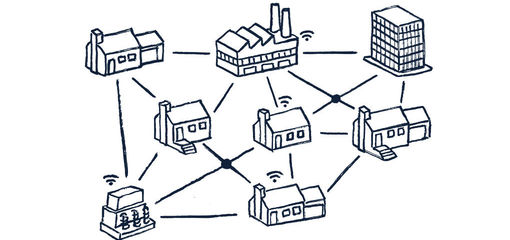
In this workshop we look at how smart buildings, low carbon transport and enabling mechanisms such as flexibility and aggregation can be brought together in a smart grid, and we explore the local energy system policy context for this. We also discuss the concept of grid constraint and look at ways of overcoming this by way of Active Network Management (ANM) arrangements and flexible connection options.
Key Topics
Smart Grids & The Grid Connection Process
A discussion of how smart buildings, low carbon transport and mechanisms such as flexibility and aggregation be into a smart grid. What is needed to link these together? What do we need to consider when applying to connect to the grid?
Local Energy Systems Policy
A look at the policy context for smart networks, including the relevance of the Open Networks consultation and the transition of Distribution Network Operators towards the role of Distribution System Operators.
Grid Constraint & Smart Solutions
We discuss the concept of grid constraint and how this issue has forced us to think about smarter solutions. How can constraint be overcome as we move toward more localised energy networks? We discuss solutions such as DNO-led Active Network Management zones and non-firm connections.
Demand Constraint
What about the problem of grid constraints which limit new demand loads? We discuss how battery storage, smart load modulation and Demand ANM might help to overcome this.
Interested in finding out more about the programme?
General
- Distributed Energy Resources (DER) Management Technology used by many ANM schemes
- myenergi’s Flexibly Responsive Energy Delivery (FRED) Trial
- Orkney - Britain's 1st Smart Grid
- Orkney RPZ Active Network Management (ANM)
- OVO Kaluza - Domestic Load Control Technology Provider
- SPEN’s Grid Capacity Map
- SSEN’s Guide to Flexible Connections
- The Virtual Power Plant for the Management and Control of Distributed Generation - Review
Policy
Case Studies